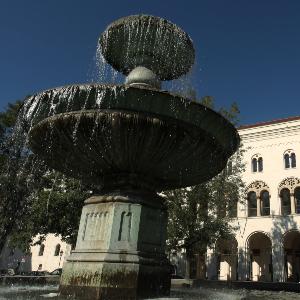
News overview
All news at a glance.
-
 Amplifold raises oversubscribed €5 Million seed round to bring ultrasensitive lateral flow diagnostics to market
Amplifold raises oversubscribed €5 Million seed round to bring ultrasensitive lateral flow diagnostics to marketCeNS spin-off combines DNA-origami nanotechnology with low-cost LFAs: Affordability meets Accuracy
-
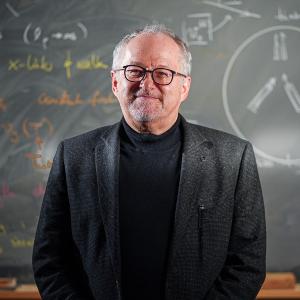 Biophysics: pattern formation of protein pattern interfaces
Biophysics: pattern formation of protein pattern interfacesCeNS physicists have developed a model to describe how reaction-diffusion networks develop “foams”.
-
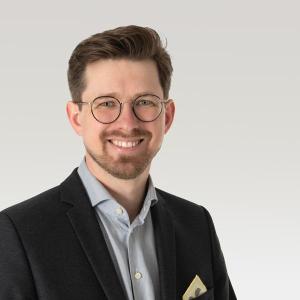 Welcome to CeNS!
Welcome to CeNS!Prof. Severin Schink becomes new CeNS member
-
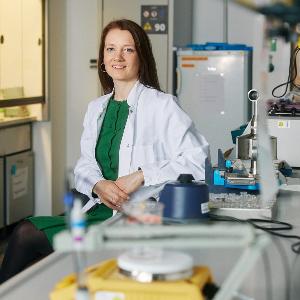 Computational framework for therapeutic RNA carrier design
Computational framework for therapeutic RNA carrier designCeNS researchers combine machine learning and molecular dynamics to discover novel RNA delivery materials.
-
 Delayed supply of building blocks facilitates assembly
Delayed supply of building blocks facilitates assemblyLMU physicists demonstrate how waiting can increase the efficiency of the self-assembly of complex systems.
-
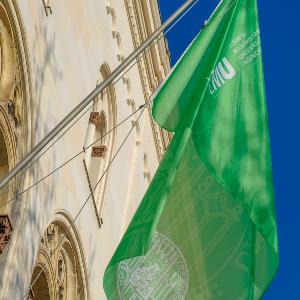 5 CeNS researchers on Highly Cited Researchers list from Clarivate
5 CeNS researchers on Highly Cited Researchers list from ClarivateThe latest international publication analysis recognizes 17 LMU scholars as among the most successful in their field.
-
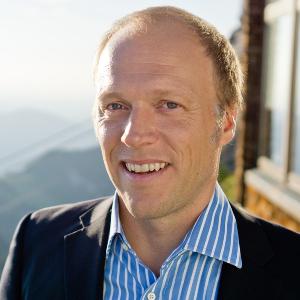 ERC Synergy Grant
ERC Synergy GrantInternational team with CeNS member Tim Liedl receives prestigious funding by the European Research Council
-
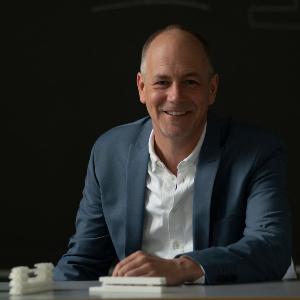 Programmable nanorobots made of DNA
Programmable nanorobots made of DNALMU researchers have developed tiny robots out of folded DNA molecules, which can act depending on various environmental stimuli such as light or enzymes.
-
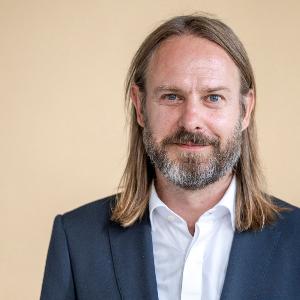 Dr. Philipp Baaske appointed as LMU Vice President for Entrepreneurship
Dr. Philipp Baaske appointed as LMU Vice President for EntrepreneurshipCeNS Spin-off founder joins University Executive Board
-
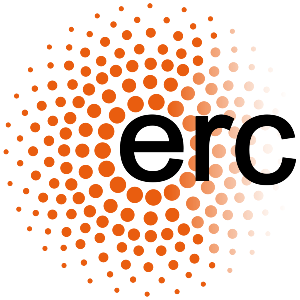 ERC Starting Grants to CeNS members
ERC Starting Grants to CeNS membersQuinten Akkerman and Lukas Milles have each been awarded a Starting Grant by the European Research Council (ERC) for their projects with LMU
-
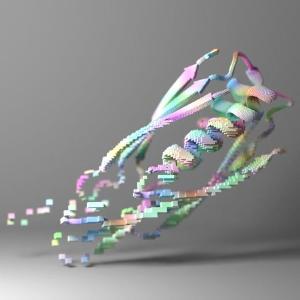 Nanomachines made to measure: protein design with artificial intelligence
Nanomachines made to measure: protein design with artificial intelligenceCeNS member Lukas Milles is a researcher at LMU’s Gene Center Munich. He investigates how to design completely new proteins with the help of deep learning
-
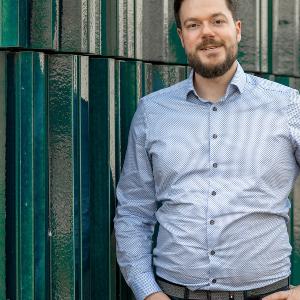 Nanophotonics – an ultrafast light switch
Nanophotonics – an ultrafast light switchCeNS researchers have developed a method that allows ultrafast control of the interactions between light and a material.
-
 ERC Advanced Grant to Christian Ochsenfeld
ERC Advanced Grant to Christian OchsenfeldBiochemical reaction networks: the European Research Council awards the prestigious grant to CeNS member
-
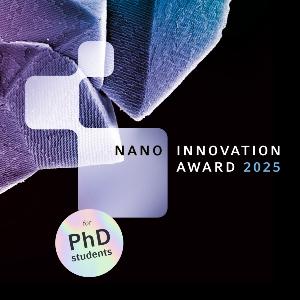 Winners of the Nano Innovation Award 2025 Announced
Winners of the Nano Innovation Award 2025 AnnouncedEduard Unterauer, Christoph Gruber, and Gabriel Moya honored for their research with real-world impact
-
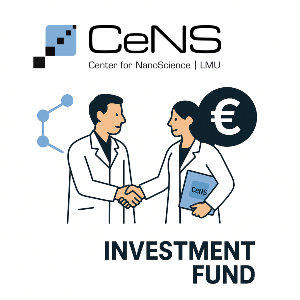
-
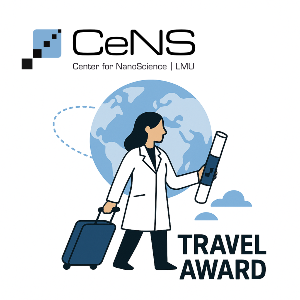
-
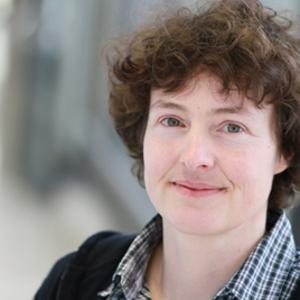
-
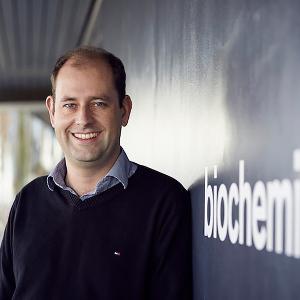 Ralf Jungmann becomes EMBO member
Ralf Jungmann becomes EMBO memberThe physicist and CeNS member has been accepted into the prestigious organization along with 68 other researchers.
-
 Nanophysics: a question of resonance
Nanophysics: a question of resonanceA team led by CeNS member Andreas Tittl presents a novel method that could make manufacturing processes for semiconductor components easier and cheaper.
-
 Biophysics: function of thymus gives rise to form
Biophysics: function of thymus gives rise to formA model developed by LMU biophysicists demonstrates how biological processes form the convoluted internal architecture of the thymus – allowing for better suppression of autoimmune responses.
-
 Nano Innovation Award 2025
Nano Innovation Award 2025Application deadline: June 10, 2025.
-
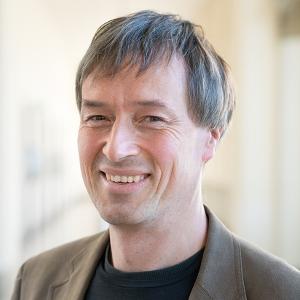 Amino acids as catalysts in the emergence of RNA
Amino acids as catalysts in the emergence of RNAAmino acids helped build RNA at the dawn of life, a new study shows.
-
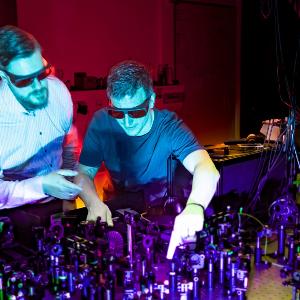 Nanophotonics: a more efficient way of coupling light and matter
Nanophotonics: a more efficient way of coupling light and matterLMU researchers are developing ultrathin optical components made of atomically layered systems, which capture light much better than previous materials. This could pave the way for considerably smaller and more efficient photonic components in the future.
-
 Major achievement for LMU: seven Clusters of Excellence approved
Major achievement for LMU: seven Clusters of Excellence approvedFive Clusters with CeNS participation will be funded for seven years as of 2026
-
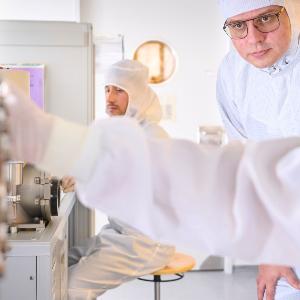 Quantum physics: new insights into magic-angle graphene
Quantum physics: new insights into magic-angle grapheneA team led by LMU physicist Dmitri Efetov has shown that two graphene layers twisted at an angle to each other behave like heavy-fermion metals. This opens up possibilities for the development of new applications.
-
Biological patterns: stability through protein reservoirs
Biophysicists figure out how bacteria form robust patterns despite changing environmental conditions and fluctuating protein concentrations.
-
 EU awards millions of euros in funding to BioHYBRITE doctoral program
EU awards millions of euros in funding to BioHYBRITE doctoral programPhilip Tinnefeld from CeNS is coordinating a new doctoral training network at the interface of physics, chemistry, biology, and engineering.
-
 CeNS member Erwin Frey honored by BAdW
CeNS member Erwin Frey honored by BAdWThe researcher has been elected as a member of the Bavarian Academy of Sciences
-
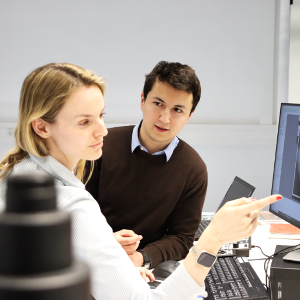 Creating advanced catalysts with DNA origami
Creating advanced catalysts with DNA origamiResearchers from Munich developed a new way to design three-dimensional nanomaterials
-
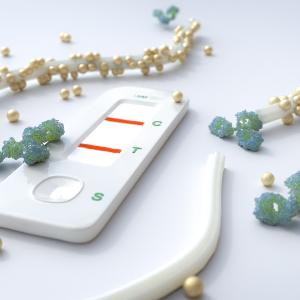 Nanotechnology: DNA origami boosts sensitivity of rapid tests
Nanotechnology: DNA origami boosts sensitivity of rapid testsAn LMU team has developed a technology that can amplify the signals of biomarkers in conventional test strips more than a hundredfold. Now the researchers are commercializing the method.
-
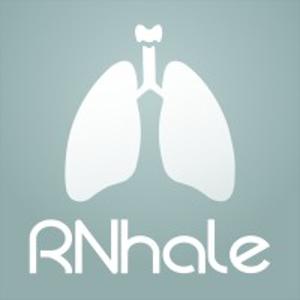 Research transfer: CeNS spin-off receives multi-million euro EU grant
Research transfer: CeNS spin-off receives multi-million euro EU grantCeNS member Olivia Merkel researches nanocarriers for the targeted delivery of drugs to their site of action. Now the company she co-founded, RNhale, has been awarded a lucrative EU grant to bring a new anti-asthma therapy to clinical readiness.
-
 Nanomaterials: The Power of Absence
Nanomaterials: The Power of AbsenceAn international research team explores how tiny metal vacancies improve solar hydrogen technologies.
-
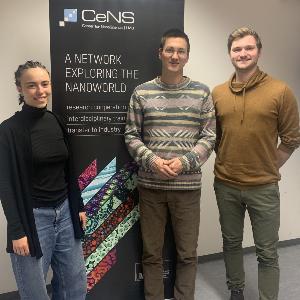
-
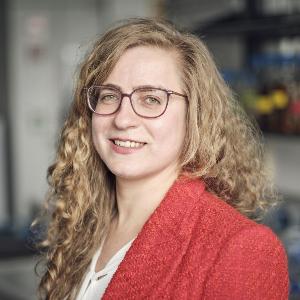 Protein design: flexible components allow new architectures
Protein design: flexible components allow new architecturesBiophysicists have elucidated why unexpected structures can sometimes arise during protein design.
-
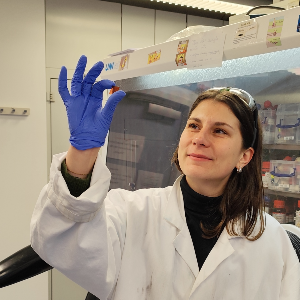 Efficient energy transport through covalent organic frameworks
Efficient energy transport through covalent organic frameworksAn interdisciplinary study conducted within the e-conversion Cluster of Excellence demonstrates the huge potential of the crystalline semiconducting structures.
-
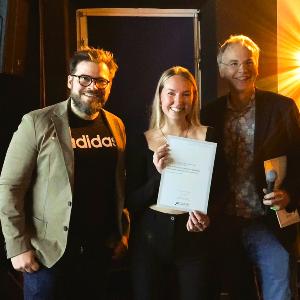
-
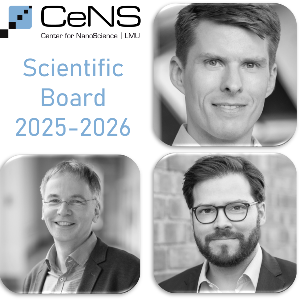 Election of the CeNS board 2025/26
Election of the CeNS board 2025/26Prof. Frédéric Laquai and Prof. Steffen Rulands join the CeNS board
-
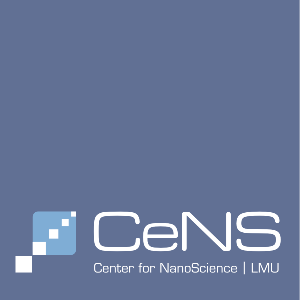 3 CeNS members among Highly Cited Researchers
3 CeNS members among Highly Cited ResearchersPublication analysis reveals 18 LMU researchers as among the most successful in their field.
-
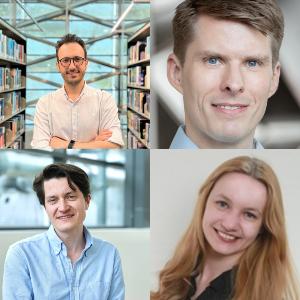 Welcome at CeNS!
Welcome at CeNS!Dr. Erkan Aydin, Prof. Frédéric Laquai, Prof. Lukas Milles, and Prof. Elena Sturm join the network
-
Microscopy: vertical DNA in motion
LMU researchers have developed a new method for capturing structural changes and interactions of DNA and proteins at high resolution.
-
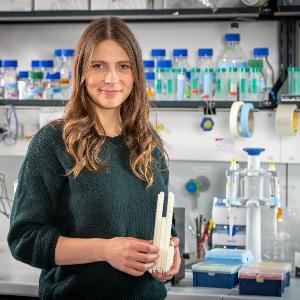 Nanotechnology: flexible biosensors with modular design
Nanotechnology: flexible biosensors with modular designLMU researchers have developed a strategy that enables biosensors to be easily adapted for a wide range of applications.
-
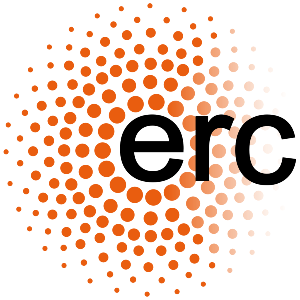 Two Synergy ERC grants for CeNS members
Two Synergy ERC grants for CeNS membersDieter Braun and Petra Schwille have been awarded European Research Council (ERC) funding
-
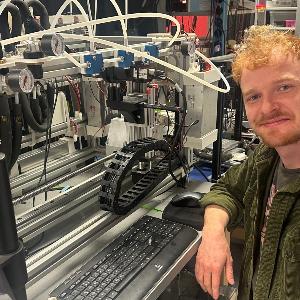 Origin of life: A new scenario for replication
Origin of life: A new scenario for replicationCeNS researchers find a plausible geological setting that may have sparked life on Earth.
-
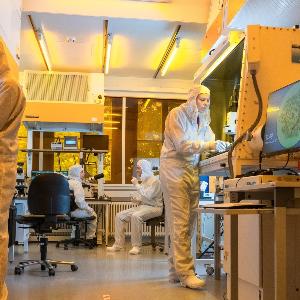 Quantum physics: A magic twist
Quantum physics: A magic twistA group led by LMU physicist Dmitri Efetov has successfully detected single photons in the infrared range
-
Nanotechnology: DNA origami with cargo function
LMU chemists present two studies that open up new possibilities for biotechnological applications.
-
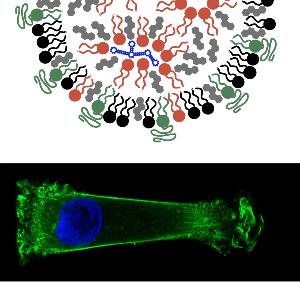 Cytophysics: how cell nuclei squeeze through
Cytophysics: how cell nuclei squeeze throughHow do cells manage to migrate through tiny gaps smaller than their nucleus? A team of LMU researchers led by Joachim Rädler has investigated this question.
-
 Biophysics: from filament pick-up sticks to active foams
Biophysics: from filament pick-up sticks to active foamsCeNS physicists have developed a new model that describes how filaments assemble into active foams.
-
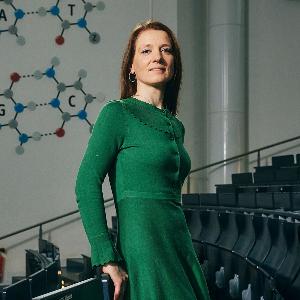 Polymer library for RNA-based therapeutic approaches
Polymer library for RNA-based therapeutic approachesThe research group of LMU pharmacist Olivia Merkel has optimized the synthesis of polymer nanoparticles to facilitate the targeted distribution of RNA agents in the body.
-
 Watching energy materials as they form
Watching energy materials as they formEyes glued to a live transmission from inside a reaction vessel, CeNS researchers watch chemical reactions at work. Their results will improve the manufacture of the next generation of energy materials.
-
 Diamond glitter: a play of colors with artificial DNA crystals
Diamond glitter: a play of colors with artificial DNA crystalsUsing DNA origami, researchers have built a diamond lattice with a periodicity of hundreds of nanometers.
-
 Towards a molecular supermarket
Towards a molecular supermarketProfessor Alena Khmelinskaia, a biophysicist who recently joined LMU, is creating novel proteins that can be configured to suit different practical applications.
-
 Biophysics: Testing how well biomarkers work
Biophysics: Testing how well biomarkers workLMU researchers have developed a method to determine how reliably target proteins can be labeled using super-resolution fluorescence microscopy.
-
 Self-assembly of complex systems: hexagonal building blocks are better
Self-assembly of complex systems: hexagonal building blocks are betterPhysicists at CeNS show that the shape of components is a major determinant of how quickly and efficiently complex structures self-assemble
-
 New synapse type discovered by spatial proteomics
New synapse type discovered by spatial proteomicsResearchers led by Ralf Jungmann have developed a super-resolution imaging method (SUM-PAINT) to map protein distributions in neurons and discovered a new type of synapse.
-
 Natural recycling at the origin of life
Natural recycling at the origin of lifeA new study shows how the chemical properties of RNA molecules could have facilitated the emergence of complex life.
-

-
 Welcome to CeNS!
Welcome to CeNS!Professor Petr Sulc is new extraordinary CeNS member
-
Theoretical chemistry: simulation of molecular origins of life
Using a so-called computational hyperreactor, LMU chemists have managed to calculate highly complex chemical reaction networks efficiently under realistic conditions.
-
 Microscopy: Overcoming the traditional resolution limit for the fast co-tracking of molecules
Microscopy: Overcoming the traditional resolution limit for the fast co-tracking of moleculesCeNS researchers have developed an innovative method to simultaneously track rapid dynamic processes of multiple molecules at the molecular scale.
-
 DFG Excellence Strategy
DFG Excellence StrategyCeNS members successful with draft proposal for Cluster of Excellence
-
 CeNS turns 25!
CeNS turns 25!The Center for NanoScience celebrates its twenty-fifth anniversary
-
 "Slow motion" recordings of biomolecules
"Slow motion" recordings of biomoleculesCeNS scientists led have developed a new method to watch biomolecules such as proteins and DNA at work
-
 Two new ERC grants for CeNS members
Two new ERC grants for CeNS membersTim Liedl and Emiliano Cortés have been awarded European Research Council (ERC) funding

